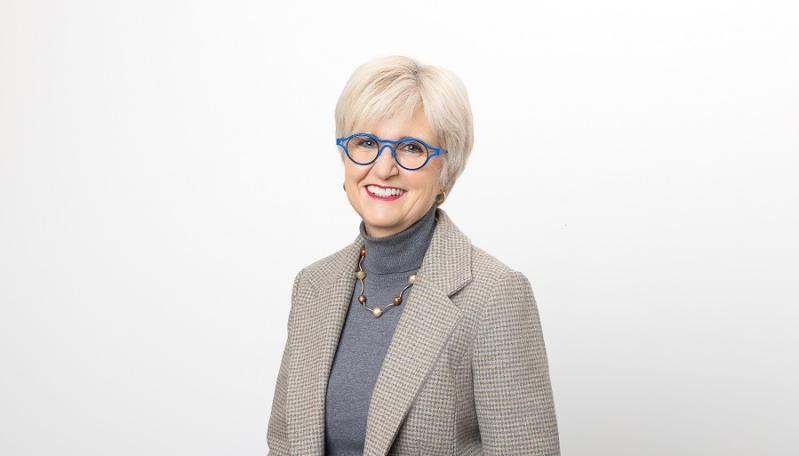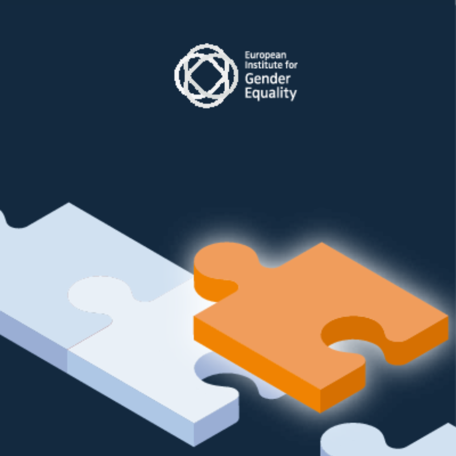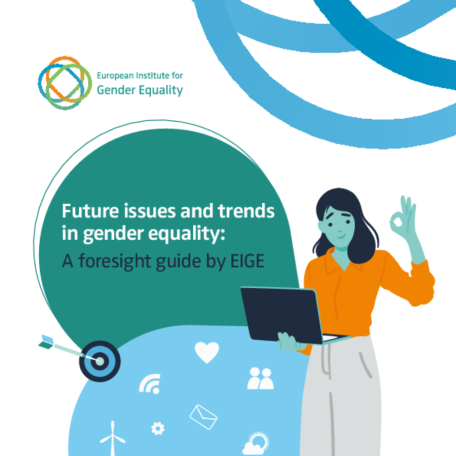Director Carlien Scheele addresses the European Parliament Committee on Employment and Social Affairs on 12 December.
Good morning dear members of the EMPL Committee, and thank you for the invitation to speak with you today.
I trust your Gender Equality Week is going well and you’re getting the information and insights you need to take action for a true union of equality.
A gender equal labour market is the economic backbone of society, shaping not only individual livelihoods and lives but also collective prosperity.
But our labour market is broken.
It is broken because it systematically disadvantages women. The labour market systematically discriminates against women.
If hearing this statement doesn't fill your heart with a sense of injustice or anger, then you don't understand how serious this is.
I will outline some of the fundamental reasons for this sticky floor. And, I hope that by the end of this session, each and every one of you will become a champion of change and an ambassador of gender equality in the labour market.
This week, we released the 2024 Gender Equality Index, which will be presented in full to the FEMM Committee this afternoon. I share with you some relevant highlights.
If full gender equality is measured out of 100, we are currently at 71 across the EU. Which translates to…slow progress. Compared to last year, we’ve gone up a miniscule 0.8 points.
Progress in the domain of work has stagnated at 74.2 points] (the third-highest Index score after Health and Money)
Although the gender employment gap has slightly narrowed, this has been counterbalanced by high gender disparities in sectoral segregation.
Labour market segregation remains a key factor contributing to gender inequality in the work domain. Gender stereotyping is a major driver of occupational segregation.
We have too few women in the ICT sector. And too few men working in the care sector.
Assumptions about women’s and men’s capabilities and preferences enforce gender stereotypes and discourage people from choosing and staying in professions atypical for their gender.
Family composition, age, educational attainment, migration status and (dis)ability contribute to employment disparities between women and men.
The rates of women in work remain consistently lower than those of men, across all age groups. The gender gap is severest among couples with children, with a difference of 25 percentage points (pp).
Gender inequalities have risen most among lone parents in recent years, with the gender gap widening by 9 pp between 2014 and 2022.
At the same time, employment gender gaps narrowed for people with disabilities, native-born individuals, people aged 25–64 years and couples with and without children.
A big issue that still plagues the labour market is pay secrecy, unequal pay.
The lack of equal pay, for equal work should be an antiquated concept by now. Yet, women continue to pay a high price for it – and well into retirement.
Working women earn on average 13% less than men for doing the same job. Over a lifetime, this and many intersecting inequalities leads to the unforgiving gender pension gap which currently sits at 26%!
If you see our animation here, my team came up with a very creative way to show the gender pay gap in terms of hours. How many more hours women have to work in each Member State past men to earn the same amount.
When you look at it like this, it’s quite outrageous.
That’s why the Pay Transparency Directive is a key step to ending the gender pay gap and by extension, the gender pension gap.
The Directive requires an update of existing EU-wide guidelines for employers on gender-neutral job evaluation and classification systems. My Agency is set to develop a step-by-step toolkit on this for employers (and practical guidance on how to use it). This job will be done in cooperation with the Commission and Eurofound .
But in reality, pay transparency will not be able to sweep away all the gender stereotypes and biases about who should be working full time and who should not.
Which brings me to my next point. We need to look at care. Because the state of unpaid care – is its own crisis.
We conducted a care survey in 2022 which looked at women’s and men’s engagement in unpaid care, individual, and social activities. Out of 60,000 respondents, nearly half of women living with a partner - 49% - assume primary responsibility for these kinds of essential tasks, compared to a mere 6% of men.
The physical and emotional burden is high.
Moving over to long-term care, we see that female carers pay much higher economic price than male carers. Women are twice as likely to spend at least 5 hours a day on childcare and/or Long term care per day than men.
The intensity of care, overall, goes hand in hand with lower employment opportunities, reduced work hours and lower income. And this cost is much higher for women than men, thus affecting the overall labour market situation.
As we continue to support the closing of the gender care gap under the EU Gender Equality Strategy 2020-2025, we are in the second wave of our EU-wide survey. I hope to already see a shift in the right direction once we have the results.
The Work Life Balance Directive seeks to promote a good balance between family and professional commitments and to provide more equal opportunities for women and men in the workplace and at home.
The gender employment gap in the EU translates to an economic loss of €370 billion per year. The work-life balance package should help working parents and carers by not obliging them to choose between their family lives and their working careers.
So it’s clear that we still have a long way to go to reap the social and economic benefits of gender-balanced workplaces.
No conversation on the labour market can do without an uncomfortable yet critical look at sexual harassment in the workplace. Our Index results show that high prevalence rates of workplace violence and sexual harassment underline the pervasiveness of issues disproportionately affecting women across the EU.
Two weeks ago, Eurostat, FRA and EIGE released survey data on the state of Gender-based violence in the EU.
Alarmingly, 1 in 3 employed women in the EU-27 (30.8 %) experience sexual harassment at work during their lifetime. From indecent sexual jokes to inappropriate staring to sexual advances.
Gender segregation in the labour market intensifies gender inequalities, leading to higher rates of violence in sectors traditionally dominated by men.
In women-dominated sectors (e.g. healthcare), women also face sexual harassment, mostly perpetrated by men in higher-ranking positions. Fear of workplace harassment can deter women from entering certain men-dominated sectors (e.g. construction or transport), reinforcing occupational segregation and the gender pay gap.
Employers, including the European Parliament, need to take practical steps to combat sexual harassment at work and put necessary structures in place that create an atmosphere of zero tolerance to violence at work, in line with long-established EU law that addresses workplace sexual harassment.
And very crucially, we need to better understand the prevalence. Victims of sexual harassment at work should be able to report their experiences without fear of retaliation. And that is on the employers and organisations once more to put safe space measures in place!
In recent years, we have seen advances in legislation to improve equality between women and men in all areas, including employment, work and pay.
The onus now is on Member States to implement them properly.
And we count on you to continue pushing for positive change that encourages women and men across the EU to achieve their full potential – at work and at home. Because failing to respond to challenges in the labour market - including women working fewer hours and in more precarious employment - means that Europe will face an even wider pensions gap within a generation.
Let’s not have the same conversation in 10, 20 years.
Thank you.




